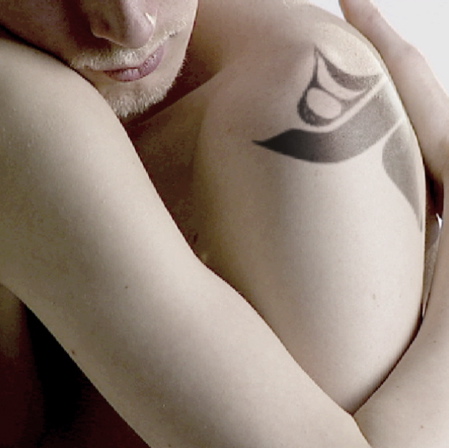
Design Probes 2007 by Philips Design at Dutch Design Week
Philips Design presents two projects during Dutch Design Week, which takes place in Eindhoven from 20-28 October.
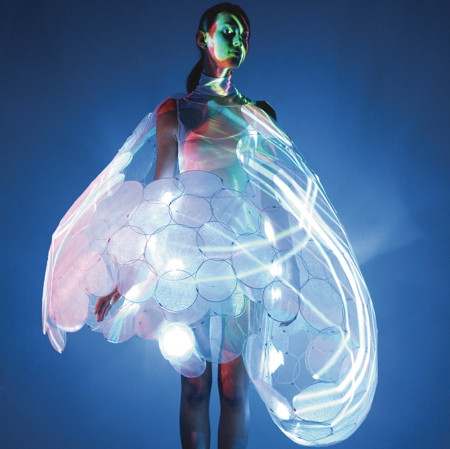
Called Design Probes, they are part of an ongoing series of experimental projects (above and below are images of SKIN; Dresses, a past Design Probe project).
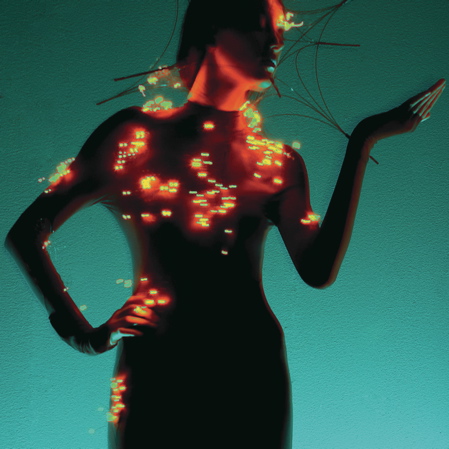
This year's Design Probes are called SKIN; Tattoo (top image) - which look at body adornment - and Off the grid: Sustainable Habitat 2020 - which explores how electronics and bio-chemical technologies can be integrated into homes to make them more sustainable.
Here is more info from Philips Design:
--
Visitors to the Dutch Design Week* will be able to see two projects from Philips Design's ongoing 'Design Probes' program. These projects - SKIN; Tattoo and Off the Grid; Sustainable Habitat 2020 - take a provocative and stimulating look at subjects that could have a profound effect on the way we live 15 years from now. In doing so, they also help improve the chances of innovation success.
The Philips Design Probes program is a unique foresighting initiative which tracks emerging developments in five main areas - politics, economics, environment, technology and culture. The outcomes of this 'far-future' research are used to identify systemic shifts that could affect business in years to come and that could lead to new areas in which to develop intellectual property. The main objective of this program is to stimulate the discussion and register the feedback of our stakeholders.
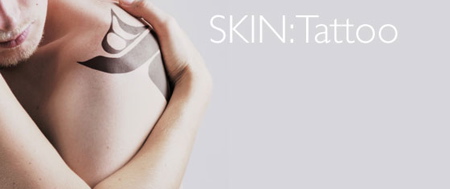
Tattoos and physical mutilation are amongst the oldest forms of personal expression and identity. Subcultures have used tattoos as a form of self representation; a visual language communicating personality and status. Philips Design examined the growing trend of extreme body adornment like tattoos, piercing, implants and scarring.




The Electronics Tattoo film expresses the visual power of sensitive technology applied to the human body. The film subtly leads the viewer through the simultaneous emotional and aesthetic transformations between two lovers.
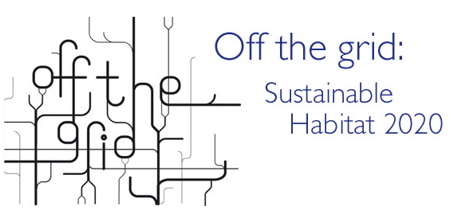
Today, our habitat is very dependent on the international grid of energy &water. Energy crisis, clean water shortage, global warming and environmental pollution are worldwide problems. Understanding cities as dynamic and ever-evolving eco-systems can help us to formulate strategies for a sustainable urban future. The whole project is based on the the brief to develop sustainable housing for urban megalopolis in China in 2020.
This is exploring the integration of electronics and bio chemical functionalities into the inert material of the built environment. The design of the concept fundamentally changes the current approach to buildings and habitat. This future habitat shifts from the current state where the building surfaces are benign inert ‘dumb’ materials only used for construction and shielding purposes to sensitive functional skins that are ‘alive’ and act as membranes to harness energy. A membrane creates a strong link between the exterior and interior of the habitat and used as a transporter collecting and channeling the elements of air water and light - from the outside feeding into the inside space. This will supply the habitat with all necessary sources to be able to live off the grid.
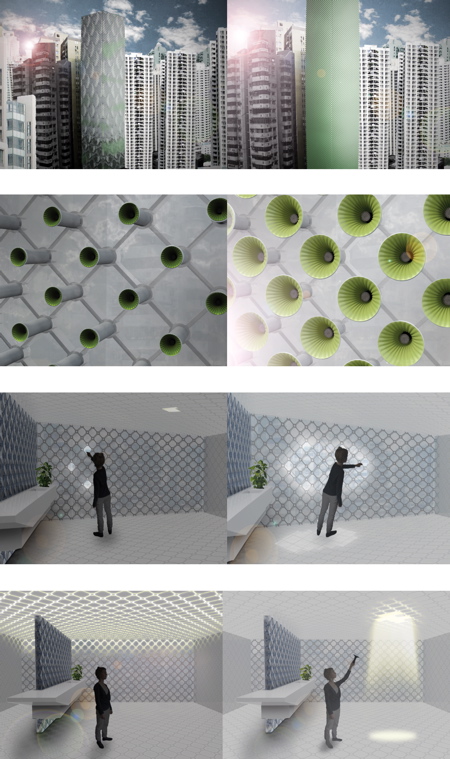
Light
The active skin of a building reacts to sunlight and automatically moves into the most efficient position to channel light and generate energy. By collecting and channeling the natural light no electricity will be needed during the day for lighting. Bringing natural light into our homes will not only save energy but also provide all the advantages for health and well being.
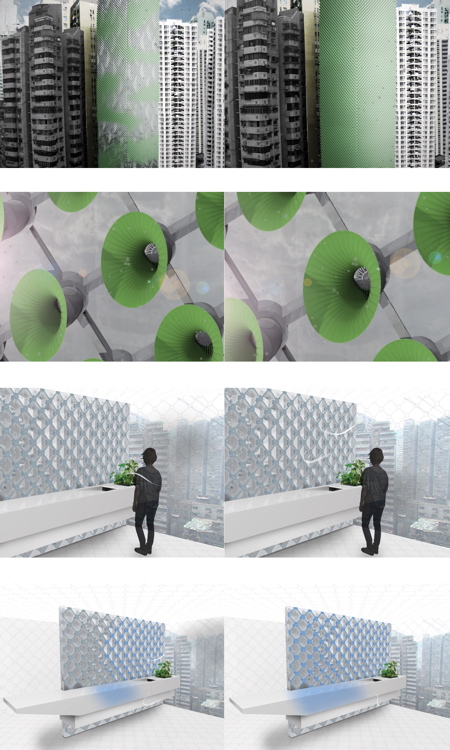
Air
The active skin of the building reacts to the wind. By channeling air and wind through the skin of the building energy will be generated and the air will be filtered to provide clean air inside the building. Compressed and dissipated through funnels, the air will also be cooled for natural air-conditioning. Outside air is cleaned and stripped of CO2 before being exhausted from the building.
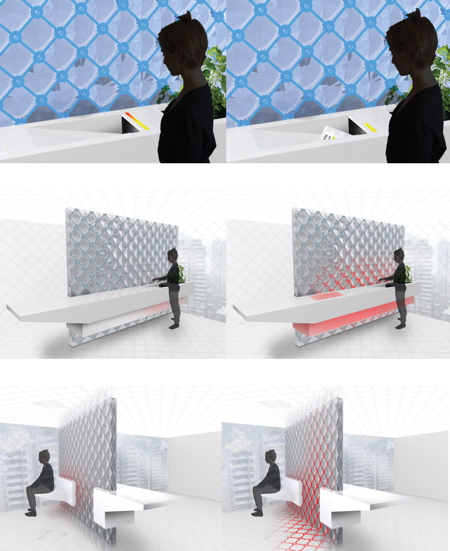
Water
The active skin of the building reacts to the rain and collects and channels rainwater into the habitat. By catching moisture from the air the facade collects water even in dry periods. Through purification, filtration and reuse, water will be used in a closed loop and fresh water consumption would be optimized.
Waste
Human waste and other organic waste will be transformed into biogas energy. The biogas can be used for heating and cooking as well as providing hot water for washing.